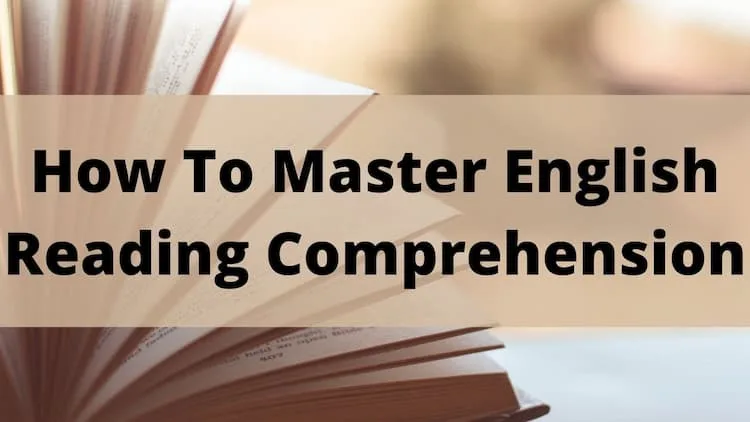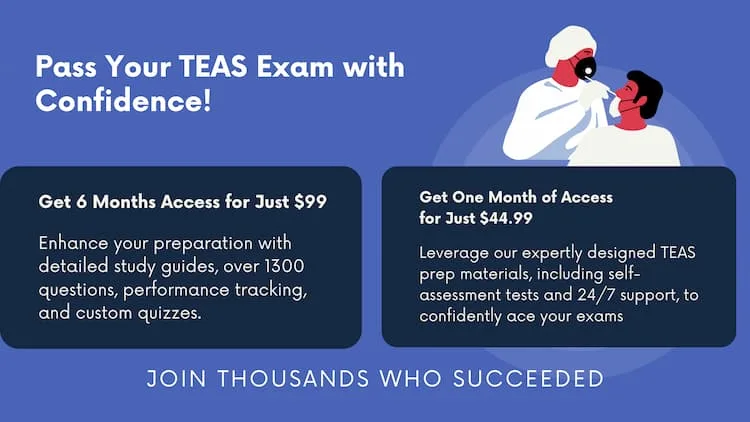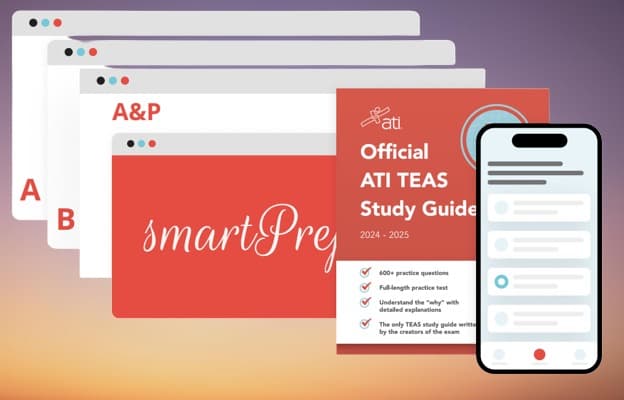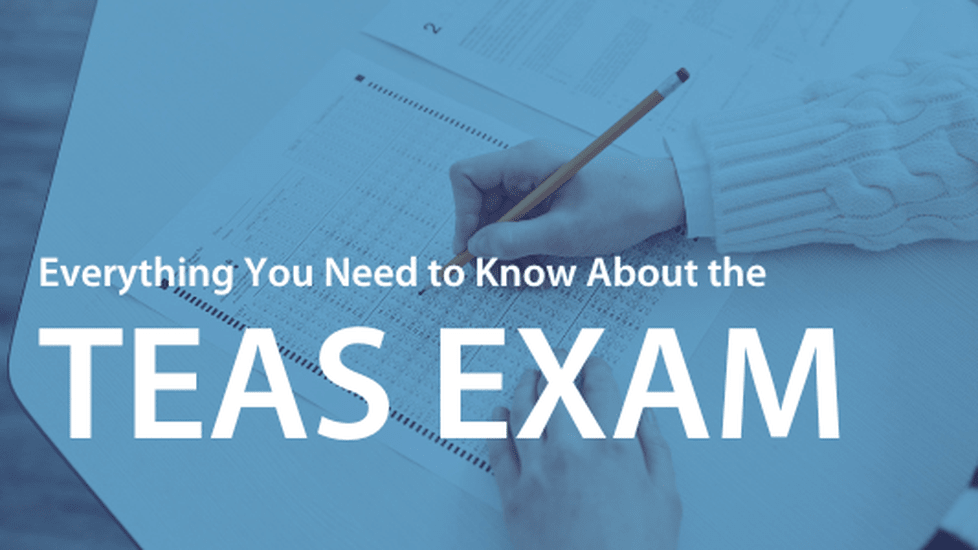Introduction
The TEAS test reading passages section is essential as it evaluates the student’s abilities to understand and comprehend multi-paragraph reading passages, directions, labels, charts, and measurement tools. Efficient reading comprehension skills are vital for success in the TEAS exam and the nursing career.
They enable nursing aspirants to understand complex information, analyze data effectively, and decide based on the passages. Nursing practitioners often come across numerous medical literature, patient records, and research findings, and they have to understand what they mean and draw conclusions from them. That is why mastering the reading section in the TEAS test is crucial in enhancing discernment skills.
How To Master Reading Comprehension
The TEAS test reading passages section is crucial and requires in-depth understanding. Here are some remarkable techniques to use to pass it:
1. Active Reading Strategies
Active reading entails reading something with the sole intention of understanding and further evaluating it for relevant use. Reading and re-reading material is ineffective in comprehending what it tries to put across. Instead, you should aim to actively read, which means you critically review the content to understand its meaning. You can achieve active reading by:
- Underlining/highlighting marks the essential words, quotes, and details. You also look for the meanings of the unknown words.
- Questioning – asking yourself questions about the excerpt, why a given character decided to behave the way they did, and maybe how a concept relates to another field of study
- Annotating – it involves writing notes on a separate paper or the margins and paraphrasing sections or ideas in the passage
- Signposts – find signposts in the text that help you understand the context, such as “in contrast” or “most importantly.”

You can engage in the reading material by:
- Using visualizations and imagery
- Acting as an interpreter and using your own words to recreate the text
- Linking what you read to other existing knowledge or previous courses
- Creating your examples of concepts
- Looking for patterns and relationships in the passage
2. Summarization Techniques
To easily understand information in a specific passage, it is crucial to summarize the key points and ideas. It is also ideal for information retention. Some summarization techniques include:
- Breaking the text into different sections and finding the fundamental idea in each section
- Use your own words to summarize what the text talks about
- Identifying the main idea in the text and supporting information
- Ask yourself review questions such as “What did I learn?”
3. How To Make Inferences
Inferences involve using clues from the passage and your background knowledge to create sensible conclusions about what the passage talks about. The main strategies to use when making inferences include:
- Determining whether the author achieved their intended purpose
- Analyzing what the author aimed to achieve and potential biases
- Looking for relationships and patterns in the passage
- Considering how the author’s bias and purpose affect the entire story in the passage
How To Tackle Complex Passages
Once in a while, you will come across complex TEAS test reading passages. Handling these passages may prove problematic, but with the right approach and strategy, they should not be a problem. Here is how you can work your way around complex passages:
1. Understand The Tone and Point of View
First, you must understand the author’s tone, which is their attitude towards the audience or the subject. Is it indifferent, subjective, objective, passionate or sarcastic? Below are clues that can help you identify the author’s tone:
- Diction—The choice of words can tell the passage’s tone. A sophisticated and formal tone indicates a severe and respectful tone, while casual language shows a humorous or informal tone.
- Imagery and details—Positive and vivid imagery may set an optimistic tone, while bleak and dark imagery may indicate a somber tone.
- Figurative language—similes and metaphors can also be a clue to the passage’s tone. For example, a metaphor that compares the current status quo to a sinking ship may denote a dire or hopeless tone.
2. Recognize The Author’s Perspective
Perspective is the author’s point of view. It could be their experiences, background, intentions, and biases. Understanding the author’s perspective is crucial because:
- It helps you understand the bias in the story – it enables you to understand and analyze the narrative
- It evaluates credibility – analyzing the perspective helps assess the reliability of the information in the text
- It contextualizes information – knowing the author’s perspective and background can help give the passage context for easy understanding.
3. Understand Figurative Language
Figurative language also gives the tone and meaning of a passage in the reading section. The common types of figurative language include:
- Similes compares two unlike things using “as” or “like.” For example, “Her smile was as bright as the sun.”
- Metaphors directly compare two unrelated things to show they might somehow be alike. For example, “Time is a thief” implies that time could steal moments in our lives.
- Hyperbole is an exaggerated statement that should not be taken exactly as it is meant. An example is, “I’m so hungry I could eat an elephant.”
- Personification entails giving human characteristics to non-living things, such as “the wind whispers through the trees.”
How Figurative Language Enhances Tone And Meaning
- Engaging the reader – this language evokes sensory experiences and emotions, making the text enjoyable.
- Creating emphasis – hyperbole and alliterations bring the reader’s attention to a given theme or idea, making it memorable.
- Setting the mood – similes and metaphors set the mood that showcases the author’s intent.
- Figurative language adds imagination and depth, allowing the author to express their ideas creatively and readers to visualize the content easily.
How To Build Strong Vocabulary In The TEAS Test Reading Passages
Every student aims to improve TEAS vocabulary to succeed in the TEAS reading section and their nursing career. However, do you know the relationship between reading comprehension and vocabulary? Vocabulary knowledge directly affects your ability to comprehend and interpret written text. With a robust vocabulary, students can easily read and understand comprehension passages and every word and sentence. It enhances fluency and understanding of the text.
You can enhance your comprehension skills by enriching your vocabulary. Here are some essential strategies to try:
- Read diverse materials—ensure you engage with various materials of different genres and subjects that will expose you to new concepts and words and broaden your vocabulary.
- Flashcards – create flashcards with definitions of the new words and their meanings to aid in vocabulary retention.
- Word learning strategies—Try out some word–learning strategies, such as identifying word families, affixes, roots, and word sorts, to help you understand related words and expand your vocabulary.
- Regular reading exposes you to new texts and words that enhance your vocabulary.
Question Types In The TEAS Test Reading Passages
The TEAS test reading passages section has different question types, as you will discover below:
- Inference questions require students to draw conclusions based on the passage’s implicit information rather than explicitly stated facts.
- Main idea questions focus on the primary concept or idea in a paragraph or the passage.
- Detail recall questions require you to remember specific details from the passage, such as events, names, dates, or factual information.
Answering Strategies To Use In The TEAS Test Reading Passages
TEAS test requires a strategic approach when answering the questions to have a chance at success. Here are a few impeccable strategies to apply to pass the exam:
- Elimination – start by ruling out incorrect answers when encountering a challenging question. Narrow down the choices to remain with the correct answer.
- Analyze the answers—critically evaluate all answers and select the one relevant to the passage’s content and question.
- Use the passage content as a guide. Always refer back to the passage for evidence to support your answers. Your response should be found in the passage.
- Avoid assumptions – all your answers should follow the passage and information given. Do not assume or use knowledge not provided in the text unless asked otherwise.
How To Manage Your Time In TEAS Test Reading Passages
Time management is crucial in the TEAS exam to ensure you cover all questions as required. It helps you garner more points. You can apply some of the TEAS test pacing techniques to improve your time management during the exam:
- Preview the text—Take a quick preview of the passage to see its length, structure, and topic. Look for hidden clues like formatting and headings to understand the context.
- Read the questions – before you read the passage, go through the questions first. As you read the passage, you will have the questions in mind and what answers to look for. Underline the answers in the passage for easy retrieval.
- Engage the text actively – ensure you use active reading techniques such as questioning, highlighting, and summarizing to engage the passage thoroughly. You could even break it into smaller sections.
- Prioritize the main ideas—Your primary focus should be finding the passage’s main idea, as the questions will revolve around that.
How To Sharpen Your Skills In TEAS Test Reading Passages
You must sharpen your skills to pass the TEAS test reading passages section. Your critical thinking skills ought to be top-notch so you can quickly analyze and comprehend the passages. Critical thinking helps you decipher what message the passage is passing across and enables you to answer the questions that follow. Engage your active reading skills when reading the passage, such as questioning the text and critically evaluating the information. It will help you understand better.
Use Practice Tests
You can also sharpen your reading skills using an English passage reading test. Numerous resources offer practice tests that students can take advantage of. Look for the practice test on reputable online websites such as the official ATI TEAS site and available TEAS revision textbooks in retail stores like Amazon.
Consistency is key in every endeavor, so it is essential to consistently craft your mastery and confidence in the TEAS test reading passages section. Ensure you practice more often and take as many tests as possible to get a feel for the exam.
Conclusion
Conquering the reading passages section is not as challenging. You must be mentally well-prepared and with the right strategies to ace it. Read more to enhance your vocabulary, apply active reading techniques, and learn how to decipher the author’s tone. With these techniques, the reading passages section will never be problematic.




